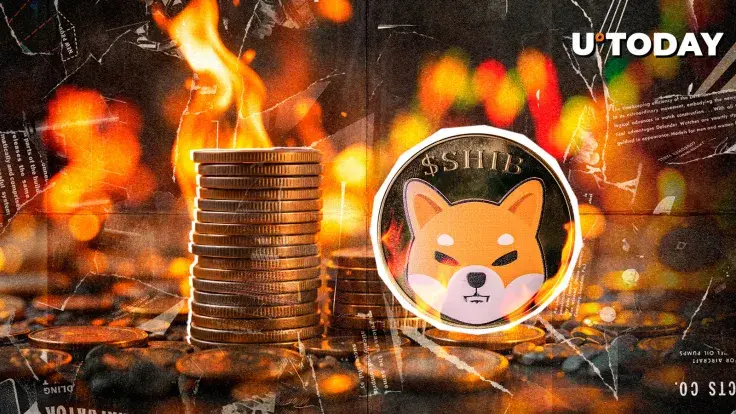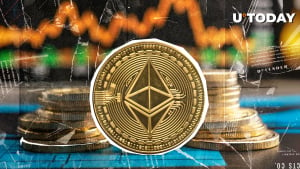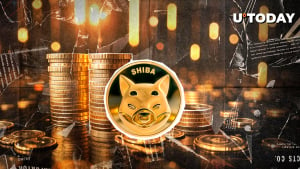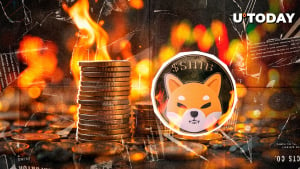
What is SHIB burning?
Token burning is a widely used deflationary mechanism in cryptocurrency projects, aimed at permanently removing tokens from circulation to reduce the total supply. This is done by sending tokens to a designated, inaccessible wallet known as a burn address, ensuring they can never be retrieved or used again.
The primary objective of this strategy is to create scarcity, which, in theory, can lead to an increase in the value of the remaining tokens if demand remains steady or grows. Many cryptocurrencies have adopted token burning as a method to manage inflation, control supply and influence investor sentiment.
By gradually decreasing the number of available tokens, projects seek to enhance the perceived value of their digital assets over time.
Shiba Inu supply challenge
Shiba Inu (SHIB) was introduced in August 2020 with an immense initial supply of nearly 1 quadrillion tokens, making the prospect of reaching high price targets such as $0.01 or $1 particularly challenging.
Unlike Bitcoin, which has a fixed supply of 21 million coins, SHIB’s enormous circulating supply means that even at a fraction of a cent, its market capitalization remains substantial.
To address this issue, the SHIB community and development team have implemented various burning mechanisms aimed at gradually reducing the circulating supply, thereby increasing scarcity and potentially boosting the token’s value.
Notable SHIB burns
One of the most significant burning events in SHIB’s history occurred when the project’s team transferred half of the total supply to Ethereum co-founder Vitalik Buterin.
This decision not only generated immense publicity for the project but also played a strategic role in deflating the token’s supply. Rather than holding or selling the SHIB he received, Buterin burned 90% of his holdings, which were valued at approximately $7 billion at the time.
The remaining 10% was donated to a COVID-19 relief fund in India. This move significantly reduced SHIB’s supply while simultaneously establishing a precedent for further burning efforts by the community.
How SHIB burns work
The SHIB burn mechanism operates through both manual and automated processes. In manual burns, community members voluntarily send SHIB tokens to designated burn wallets, permanently removing them from circulation.
This is often carried out through organized burn events or promotional initiatives within the SHIB ecosystem. Automated burns, on the other hand, are facilitated through Shiba Inu’s Layer-2 blockchain, Shibarium, which integrates an automatic burning feature.
A portion of transaction fees on Shibarium is used to buy and burn SHIB tokens, ensuring a steady reduction in supply as transaction volume increases. Platforms like Shibburn track and monitor these burns, providing real-time data on the number of tokens removed from circulation.
As of now, over 410 trillion SHIB tokens have been burned, leaving approximately 583 trillion still in circulation.
Will SHIB price ever reach $0.1?
Despite these efforts, achieving ambitious price targets such as $0.01 presents significant challenges. One of the biggest obstacles is the market capitalization requirement.
If SHIB were to reach $1 without further burns, its market capitalization would exceed $589 trillion, which is far greater than the entire global economy.
Even at $0.01, the market cap would still be over $5 trillion, an unrealistic valuation under current conditions. Another challenge is the burn rate itself, which remains too slow to have an immediate impact on price.
At the current pace, it would take thousands of years to burn enough tokens to make a $1 price feasible.
Additionally, large-scale burning requires significant participation from the community, but many investors are reluctant to burn their own holdings since doing so means destroying their assets without any guaranteed increase in value.
While token burning remains an important part of SHIB’s strategy, long-term price growth will ultimately depend on real-world use cases and ecosystem development.
The adoption of Shibarium is expected to contribute to ongoing burns as transaction volume increases. Additionally, the SHIB team is actively working on integrating the token into gaming and metaverse applications, which could drive demand.
More businesses are also beginning to accept SHIB as a payment method, further legitimizing its role in the digital economy.
The Shiba Inu community has made significant progress in reducing the token supply through burns, but reaching ambitious price milestones such as $0.01 or $1 remains highly unlikely unless accompanied by widespread adoption and real-world utility.
While burning can create scarcity, true value appreciation will depend on sustained demand, continuous innovation and a strong ecosystem. Investors should approach SHIB with realistic expectations and closely monitor the project's ongoing developments.



 Dan Burgin
Dan Burgin Vladislav Sopov
Vladislav Sopov U.Today Editorial Team
U.Today Editorial Team